In recent years, USB-C has been hailed as the future of connectivity, bringing universal compatibility, faster data transfer speeds, enhanced power delivery, and improved video output to a range of devices. From smartphones to laptops, USB-C has found its way into almost every aspect of our digital lives. But despite its growing presence in personal and professional devices, USB-C is noticeably absent from one critical environment: the corporate conference room.
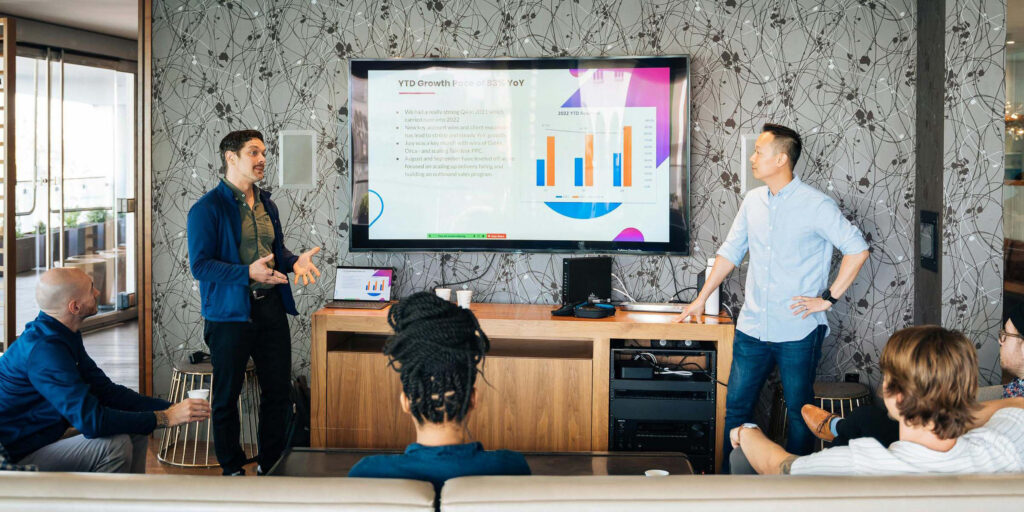
The Rise of USB-C
USB-C, with its versatile and reversible connector design, has made waves in the tech world. As a universal standard, it supports multiple types of connections, including power, data, and video, all through a single port. This consolidation of functions is driving widespread adoption across consumer electronics. Here’s a quick look at what makes USB-C so appealing:
Universal Compatibility: USB-C works across various devices—smartphones, tablets, laptops, monitors, and peripherals—eliminating the need for multiple cables and adapters.
Improved Video Output: USB-C can handle video signals up to 8K resolution, useful for high-quality display setups.
Faster Data Transfer: With USB 3.2 and USB4 standards, USB-C supports data transfer speeds up to 40 Gbps, ideal for tasks that require high-speed data access.
Enhanced Power Delivery: USB-C cables can deliver up to 100 watts of power, suitable for charging large devices like laptops or monitors.
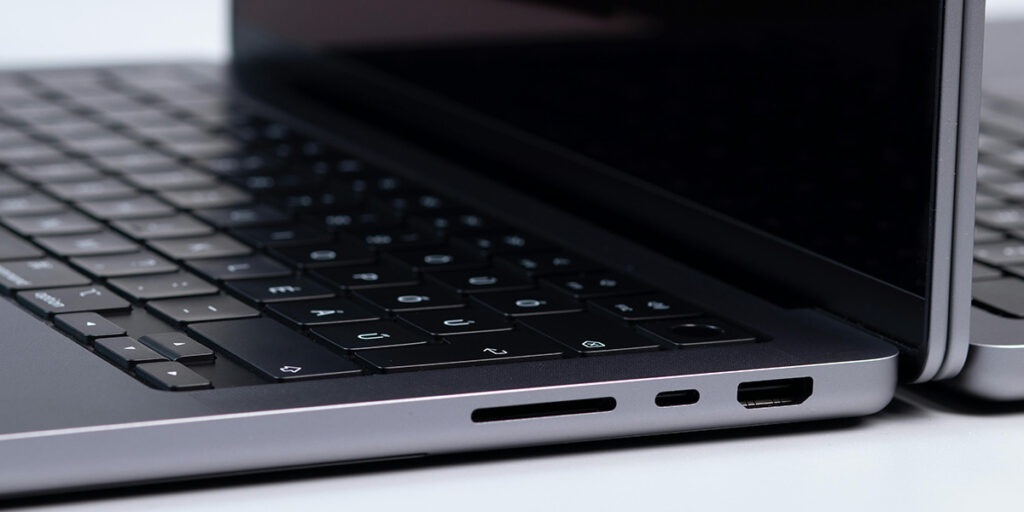
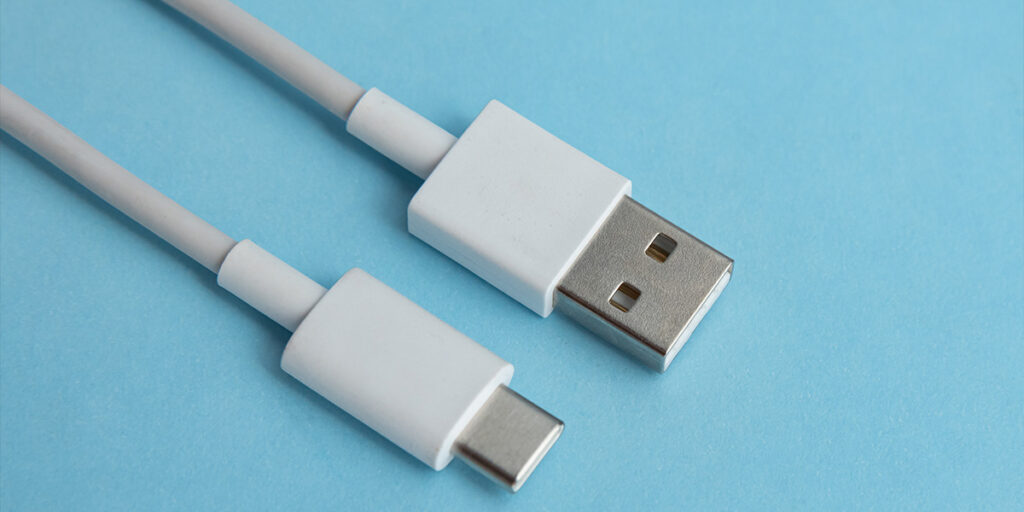
Why USB-C Falls Short in the Corporate Conference Room
USB-C hasn’t taken off in corporate AV environments despite these advantages and clear benefits. The limitations make it less suitable for professional AV setups in conference rooms. Here’s why:
Lack of Standardization Across Devices
While USB-C is marketed as a universal solution, there are variations in how different manufacturers implement USB-C standards. Not all USB-C ports support the same power delivery levels, data transfer speeds, or video output capabilities. For example, some USB-C ports may only support USB 2.0 speeds or limited power output, making them less capable in demanding AV environments. This inconsistency poses a challenge in corporate settings where a mix of devices from various manufacturers may be in use. Ensuring compatibility across all devices can require additional adapters, dongles, and cables—defeating the purpose of a universal connector.
Limited Video Output Capabilities
In a conference room, seamless video output to multiple screens or high-resolution displays is crucial. While USB-C can support up to 8K video output, its effectiveness depends on the device’s hardware and the quality of the cable. Not all USB-C implementations are designed to handle the demands of professional AV setups, which often require multiple displays, different screen resolutions, and specialized video processing. HDMI and DisplayPort remain the preferred standards in these environments due to their consistent and reliable performance across all devices.
Lack of Flexibility for Legacy Equipment
Many conference rooms still rely on legacy equipment—such as VGA, DVI, and older HDMI versions—for display and connectivity. USB-C, while backward compatible with USB standards, does not natively support these older formats. Integrating USB-C into such environments can require costly adapters or complete overhauls of existing infrastructure.
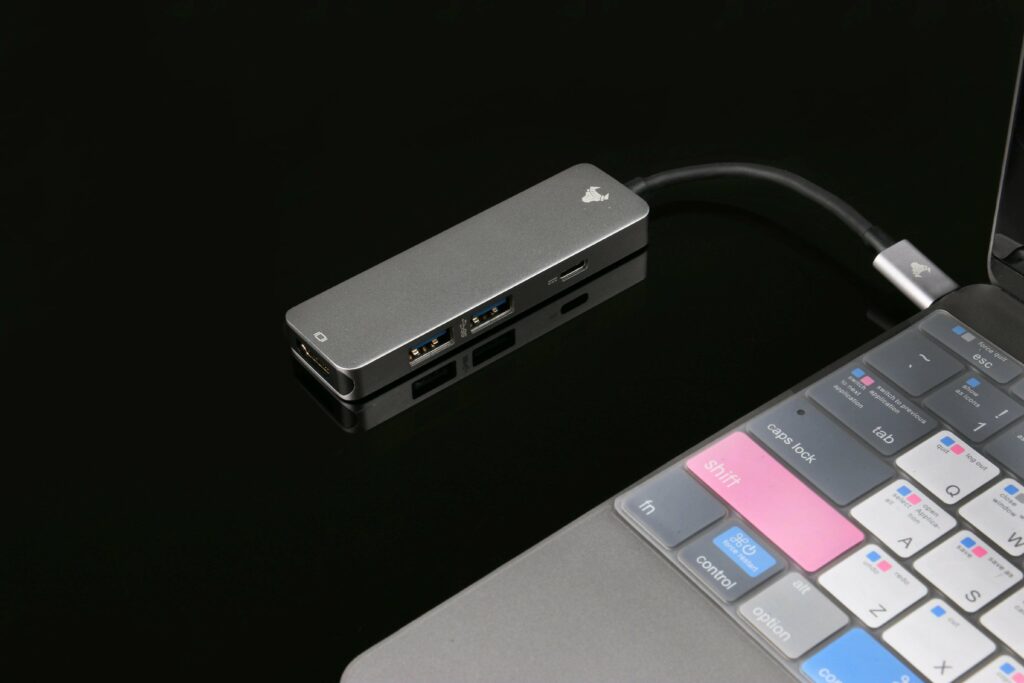
Power Delivery Constraints in Larger Setups
Although USB-C supports up to 100 watts of power delivery, this is often insufficient for larger conference room setups that include multiple devices, high-resolution displays, and advanced AV equipment. Many conference rooms require dedicated power sources that go beyond the capabilities of USB-C. Additionally, using USB-C for power delivery can lead to potential overheating issues, especially when handling multiple functions simultaneously—such as charging a device while streaming high-definition video.
Cable Length Limitations
USB-C cables are typically shorter than other AV cables like HDMI or DisplayPort, due to signal degradation over longer distances. There is a limitation of 2 meters when transmitting video signals over a USB-C cable, making it impractical to connect a laptop to a wall plate or table box input. In large conference rooms where longer cable runs are required to connect devices to displays or projectors, USB-C falls short. Extending USB-C beyond a few meters often requires active cables or extenders, which can be costly and are more fragile than traditional cables.
Security Concerns
In corporate environments, security is paramount. USB-C ports are more prone to security vulnerabilities, such as juice jacking (where malicious devices can access data through charging ports) or unauthorized access to networked devices. HDMI and DisplayPort do not pose the same risks since they are designed specifically for audio and video signals, without data transfer capabilities.
What’s Next for Conference Room AV Solutions?
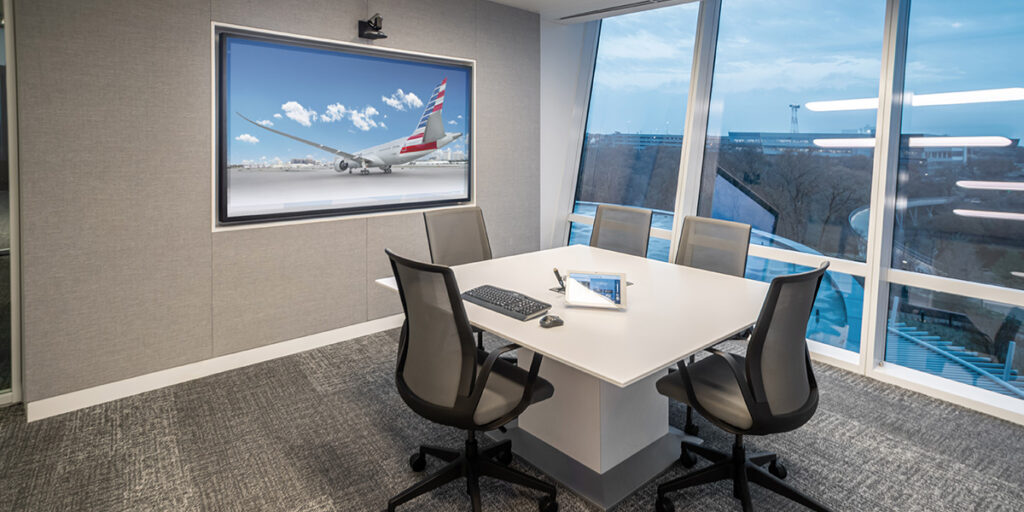
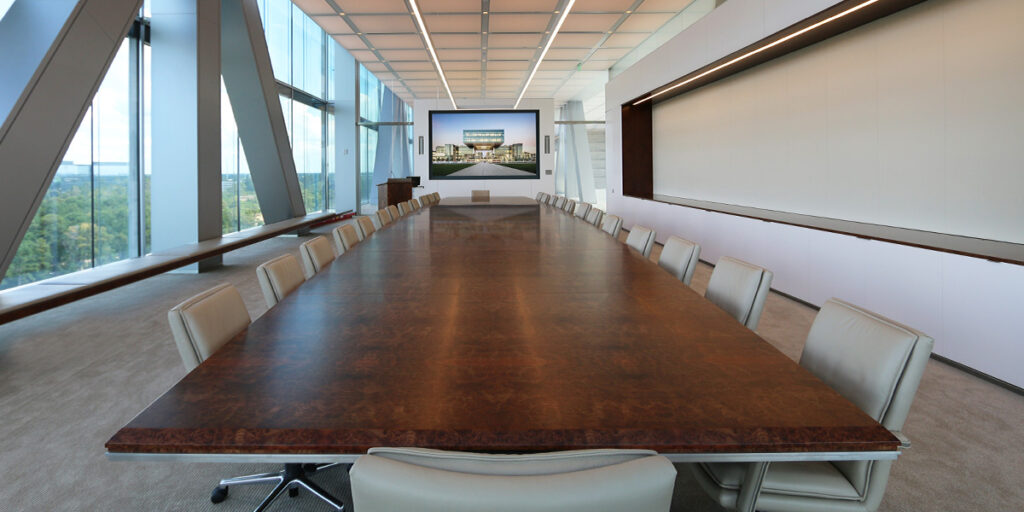
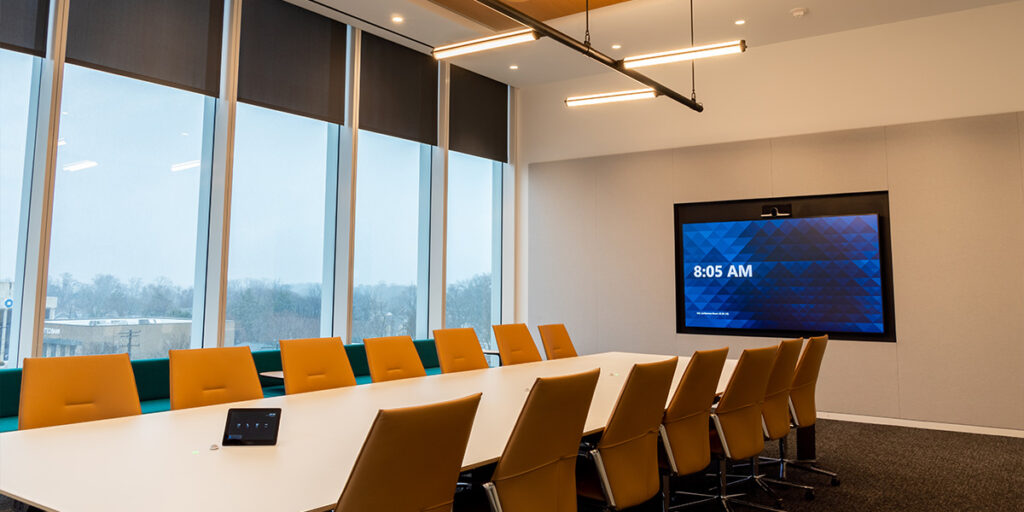
While USB-C has made strides in personal computing and mobile devices, the AV industry prioritizes wireless options. Rather than carrying around adapters and cables, users can simply join the Teams or Zoom meeting and share their screen. HDMI is still recommended for physical input or as a backup when wireless faces issues.
There are advancements on the horizon that could bridge the gap between these technologies. For instance, the emergence of USB4, which incorporates Thunderbolt 3’s features, offers faster data transfer, higher power delivery, and improved video capabilities. Future developments could potentially address some of USB-C’s current limitations, making it a more viable option for corporate AV environments.
Contact Ford AV for Your Conference Room Needs
USB-C is a powerful tool in the world of connectivity, but it’s not the ultimate solution for every environment—especially corporate conference rooms. When considering the right AV solution, it’s essential to assess your specific needs, existing infrastructure, and future scalability. A balanced approach that incorporates both the latest technology and proven standards can ensure optimal performance, reliability, and ease of use.
At Ford AV, we specialize in designing and implementing state-of-the-art AV solutions for corporate conference rooms. Whether you’re looking to upgrade to the latest technology or need a reliable setup that supports both modern and legacy devices, our team of experts is here to help. Contact Ford AV today to discuss your AV needs and discover how we can transform your conference room experience.
